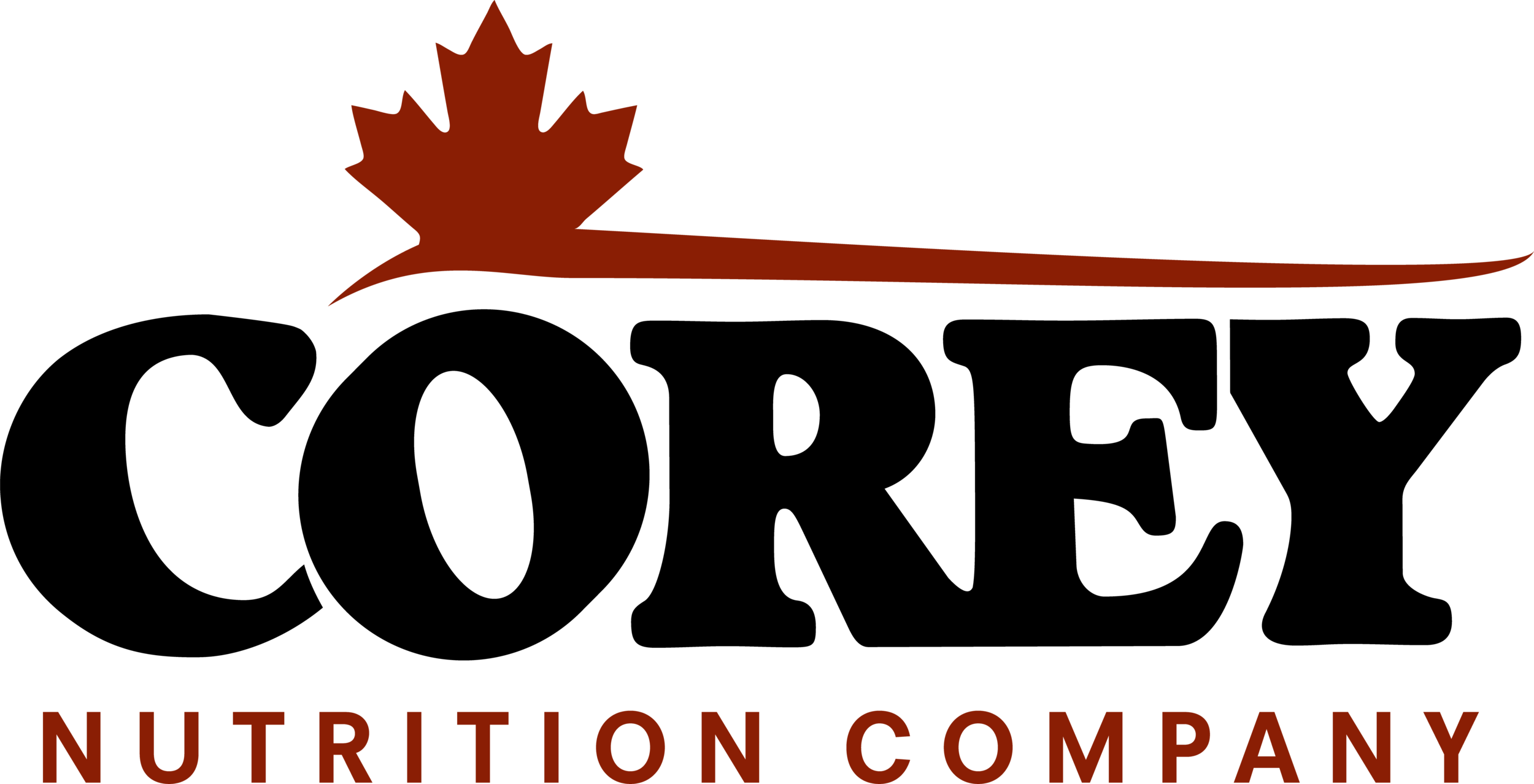MODULE 1
Nutritional Needs of Cats and Dogs: Proteins
A protein is a nutrient essential for growth. It is also essential for muscle, bone, tendon and cell development. It is a basic chemical structure that contains one carbon molecule, the structure's core, and four bonds. We will get into the protein composition in later modules, and for now stick to the basic concepts. An important take away is that protein must constitute a significant portion of the caloric intake. Cats are true carnivores, and require a large quantity of protein (meat) and fats to live. This also means they can live without any carbohydrates in their diet. For a long life, a healthy cat requires a diet containing greater than 30% protein. Dogs are a slightly different story. Dogs are omnivores, meaning they require protein, fat and carbohydrates in their diets. Examples of carbohydrates that can benefit dogs are fruits and vegetables. The diet of a dog should contain greater than 20% protein.
As an animal passes through different life stages, their requirement for protein will change. Examples of these life stages are youth, adolescence, adulthood, pregnancy, and nursing. Other events that might affect protein requirement include periods of stress and injury. If a protein is of good quality, it is easy to digest, easy to absorb, and contains essential amino acids. A high-quality diet will contain protein of mainly animal origin. This is because animal protein is more readily absorbed, and is more likely to contain essential amino acids necessary for all kinds of metabolic and biosynthetic functions. Dietary protein should be highly digestible, meaning there is little waste left behind, and contain a wide range of essential and non-essential amino acids. We will discuss amino acids in greater details later.
The biological value (BV) of a food is a measure of the protein that is absorbed and used by the body. It is an indicator of quality.
Here are some examples of high quality protein sources and their corresponding BV:
Maternal milk (100%)
Eggs (100%)
Cow Milk (93%)
Pork (93%)
Fish (92-95%)
Chicken (91%)
Lamb (87%)
Liver (79%)
Beef (75-78%)
White rice (75%)
Soya flour (68%)
CORN AND PROTEIN
Corn is a controversial ingredient in the pet food industry. There are a few reasons for this. One reason might be that corn is not very digestible by true carnivores, such as cats. As carnivores, cats do not have the ability to digest carbohydrates as well as other animals can. This is because most meat does not contain a lot of carbohydrates. Dogs are a different story. When used properly, corn is a very digestible source of carbohydrates. It is also a good source of sugar, vitamins, minerals, fibre, and amino acids. However, corn is not a suitable alternative for meat and should not be used as a primary source of protein. Corn protein, known as corn gluten, is insufficient in many amino acids that are readily available in animal-sourced protein. If a pet food is using whole kernel corn in its true form, as a carbohydrate, then this is fine. This is because as a carbohydrate, corn is very digestible for dogs. Grey areas occur when corn is used as a carbohydrate in excess of what is necessary, or when “corn by-products,” such as corn gluten meal, are used to substitute meat protein. Whole kernel corn is low in protein and should be used, but not overused as a source of carbohydrate only,
Examples of protein sources with lower BV are:
Whole wheat (48%)
Corn (45%)
Wheat (40%)

